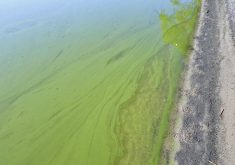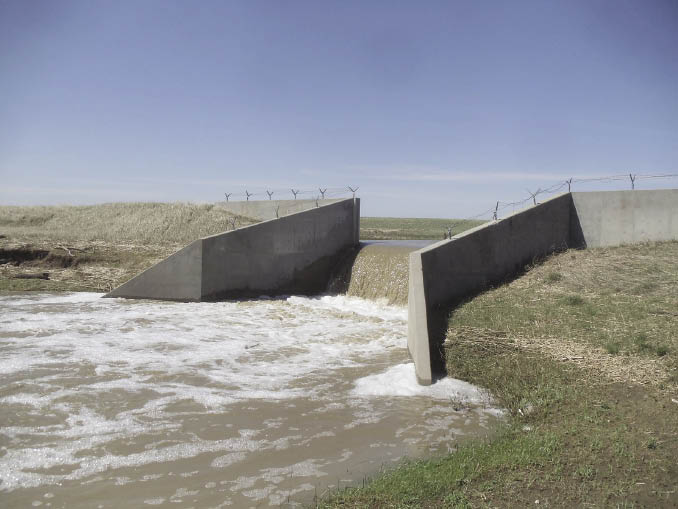In the past 40 years, nearly all of those living in the Red River Valley have had them – 100-year floods, that is. And some have experienced flood levels considerably beyond this.
The 1969 spring flood at Crookston, Minn. was just slightly less than a 100-year flood.
The 1997 flood at Grand Forks, Pembina and Winnipeg was just above 100-year levels. Winnipeg, fortunately, had a floodway, opened in 1968, to protect the city.
The 2009 flood at Fargo was approximately a 125-year event. In the southern valley, it was close to a 200-year event. Valley City was also pushing 200-year flood levels despite protection by Baldhill Dam to three to five feet.
Read Also

Is dirty water sabotaging your herbicide efficacy?
Water cleanliness should be a top priority for producers when considering water quality for spray operations, says Manitoba weeds specialist Kim Brown.
Although we’ve experienced these 100-year floods, and more, we don’t always understand what the terms “100-year flood,” “250-year flood,” or “500-year flood” really mean. We’re tempted to think in terms of time segments. For instance, when we hear “100-year flood,” we might conclude that we should have only one flood of that level during a time period of 100 years.
A more accurate way to think of a flood expressed as 100-, 250-, or 500-year is to know we have a chance of having a flood of that level each year – as defined statistically from past records. For instance, the chance of a 100-year flood in any year is one per cent; of a 250-year flood, .25 per cent, and so on. So the chance of a
MANITOBA GOVERNMENT PHOTO
100-year flood is small and the chance of a 250-year flood even smaller. However, two floods of the same level may or may not be separated by spans of time.
We also need to remember two things about the historical record from which we derive these definitions. First, that record is limited by the amount of time for which we have accurate data.
Second, the record changes with each year as current river flow or flood levels are added in and become part of the statistical analysis. For example, a number of years of high-level flooding added to the historical record will raise the definition of a 100-year flood. It might be, say, 43 feet before the events and 43.25 feet after them. Such changes, in turn, impact the definition of flood plain area: the higher the definition of a 100-year flood, the larger the flood plain area.
Finally, because the definition of a 100-year flood is a statistical possibility, it is helpful to think of the levels, whatever they may be, as a likely range rather than an exact number. It is complex. But the concept of a 100-year flood – or 250-year or 500-year – remains a helpful tool to plan and carry out together the levels of protection we wish to have against flood damages.


















